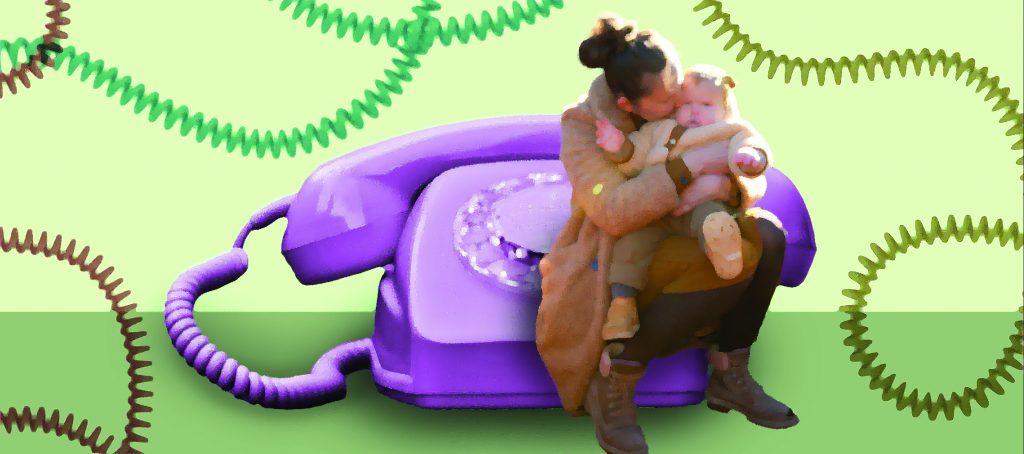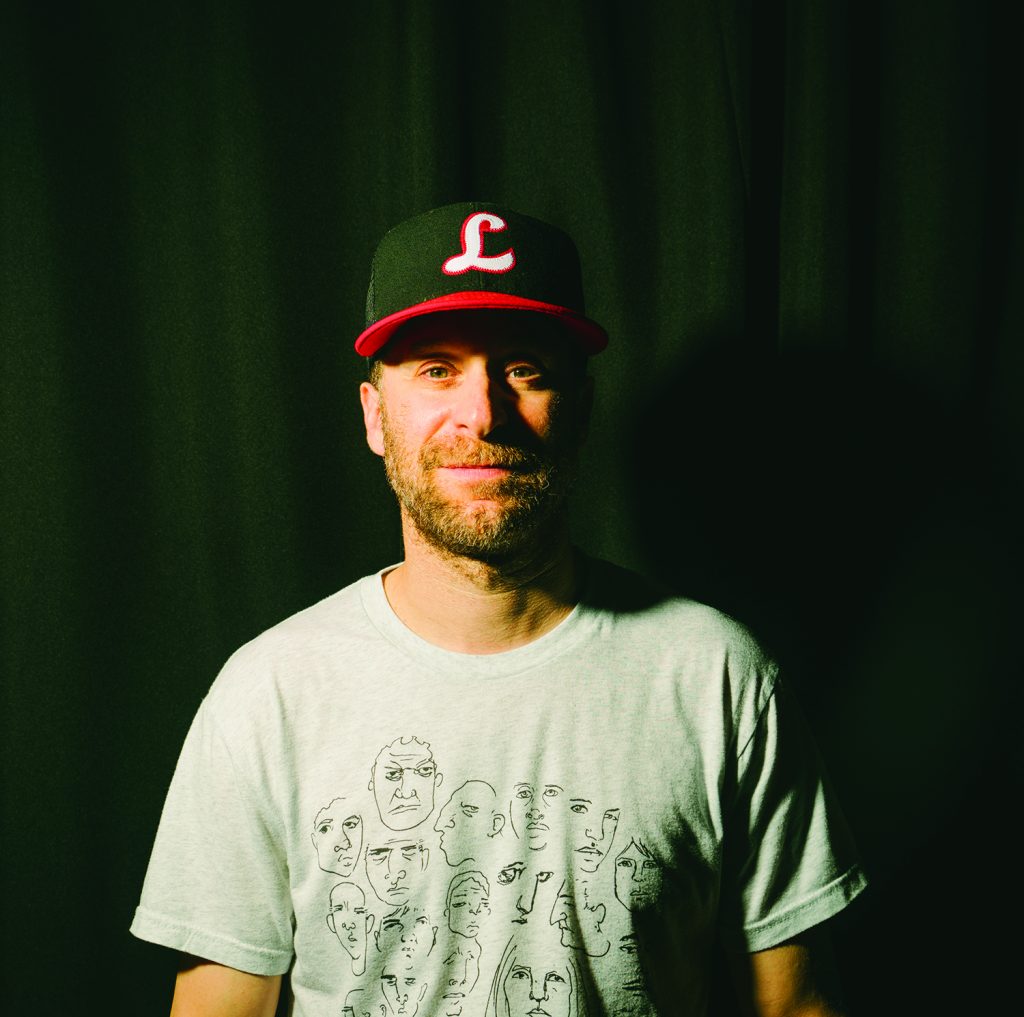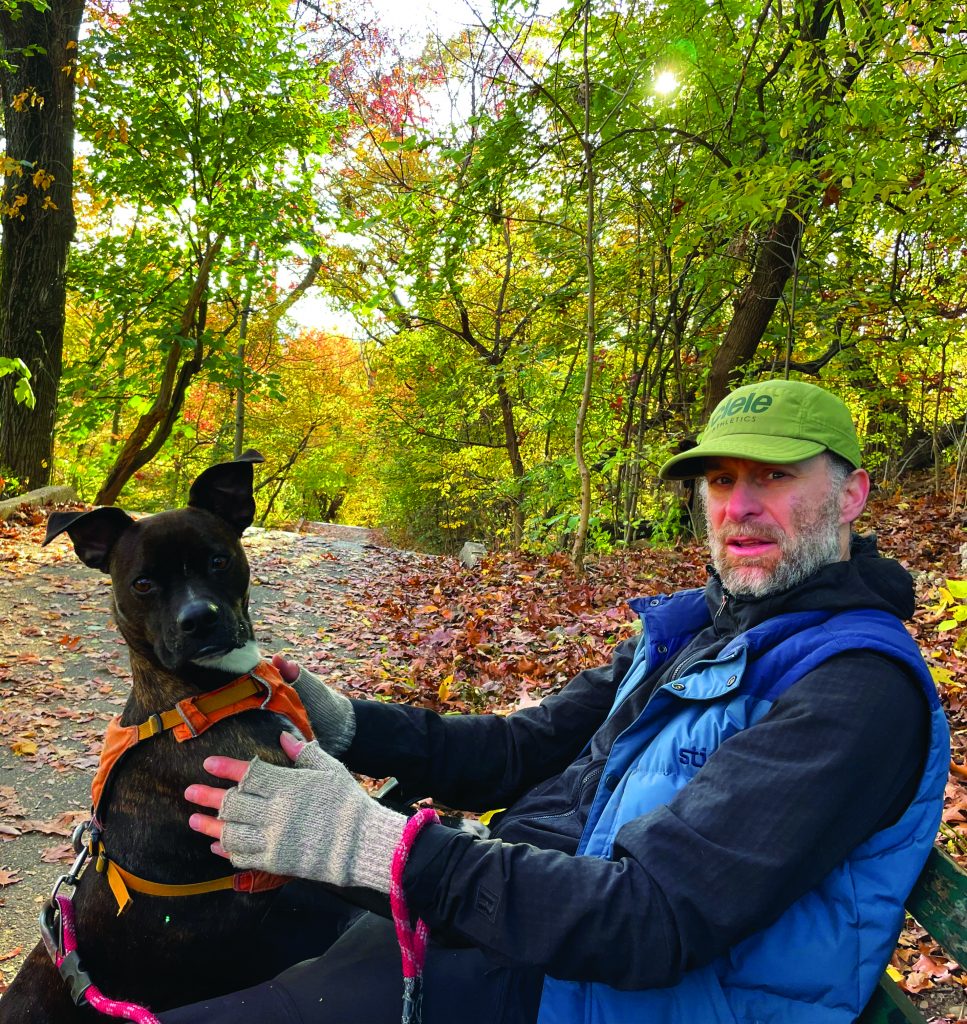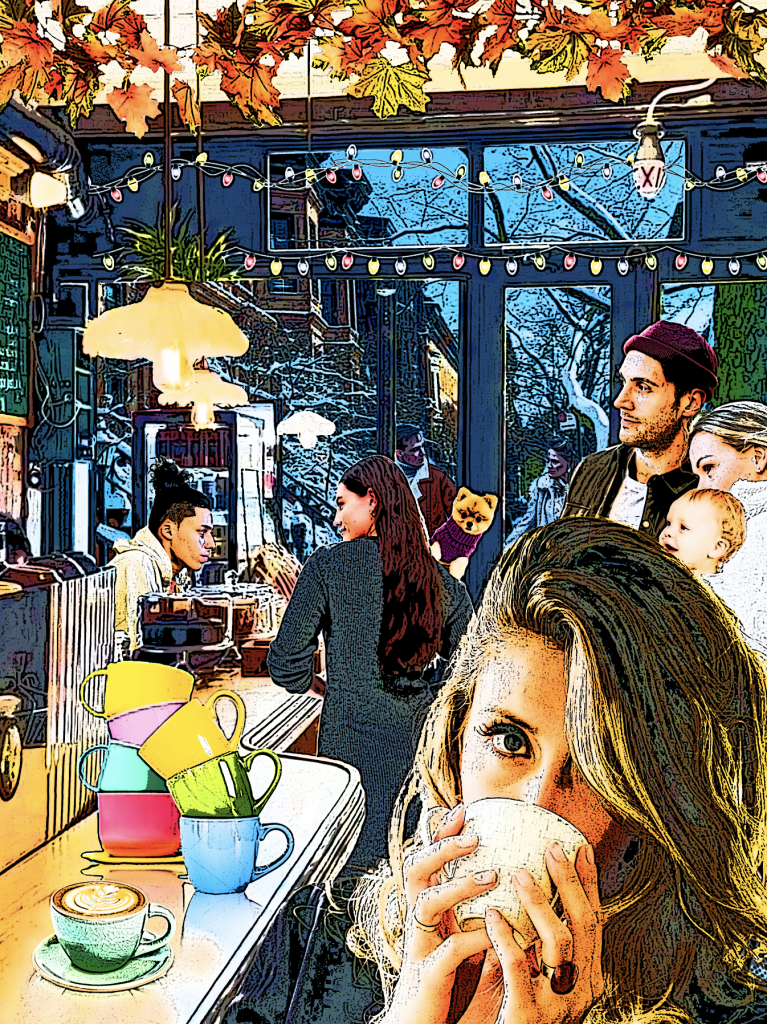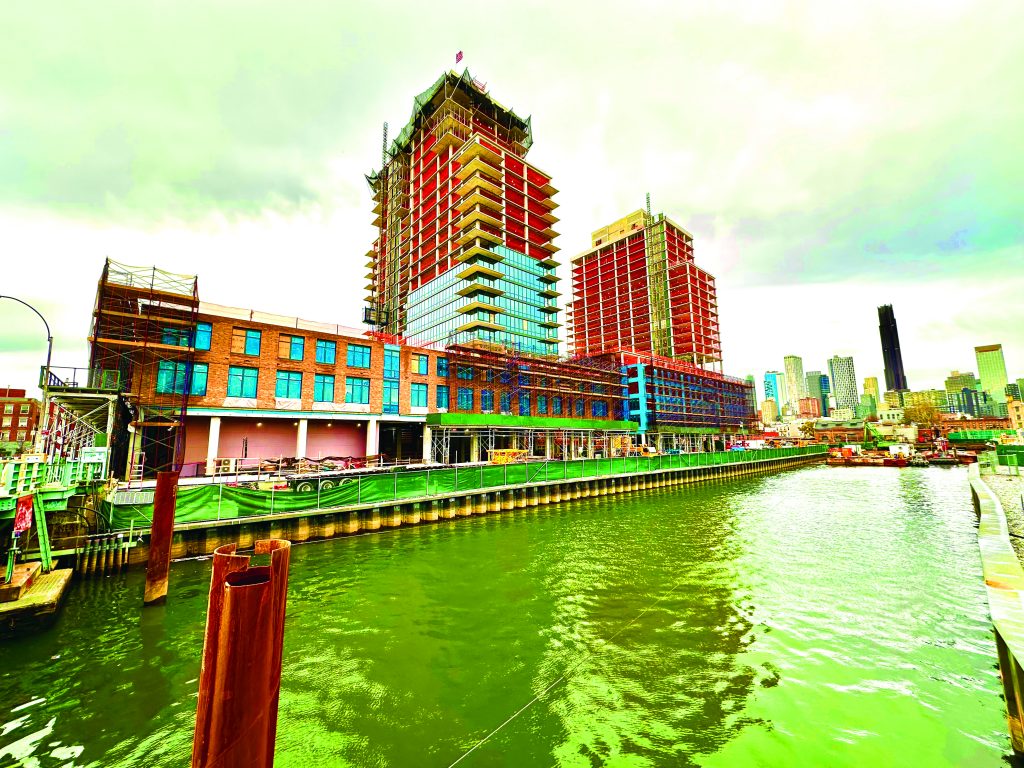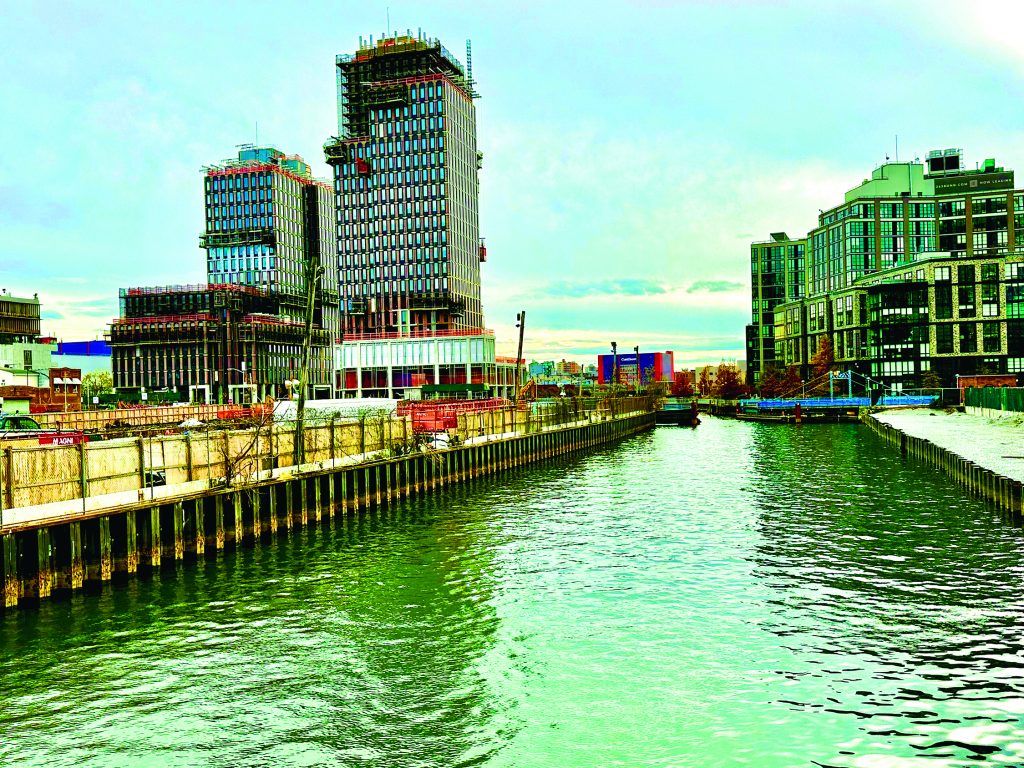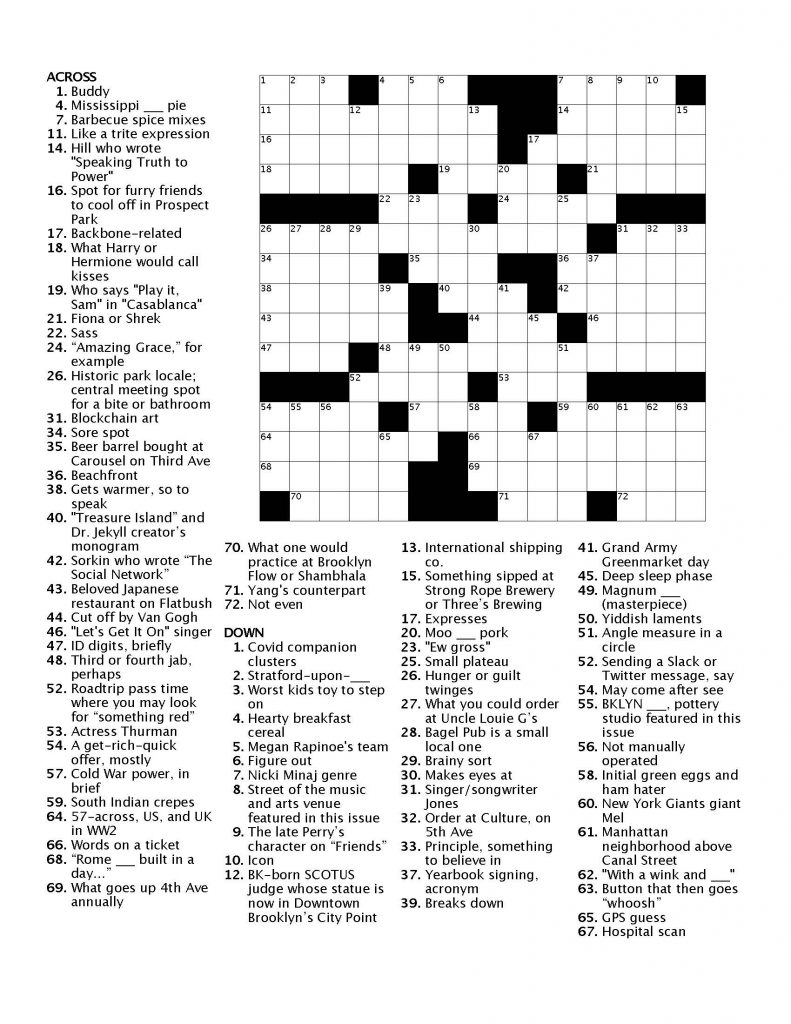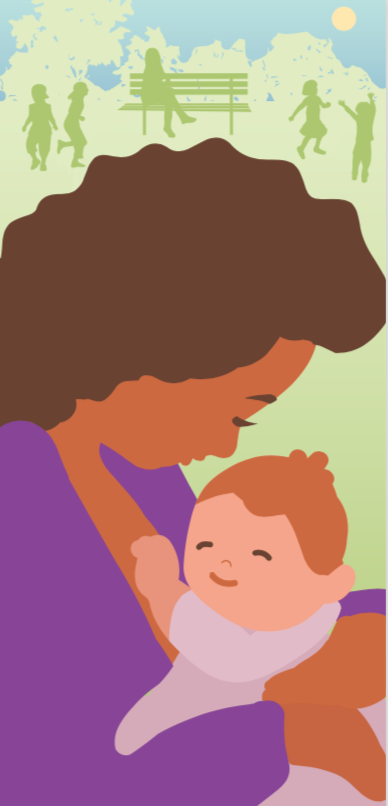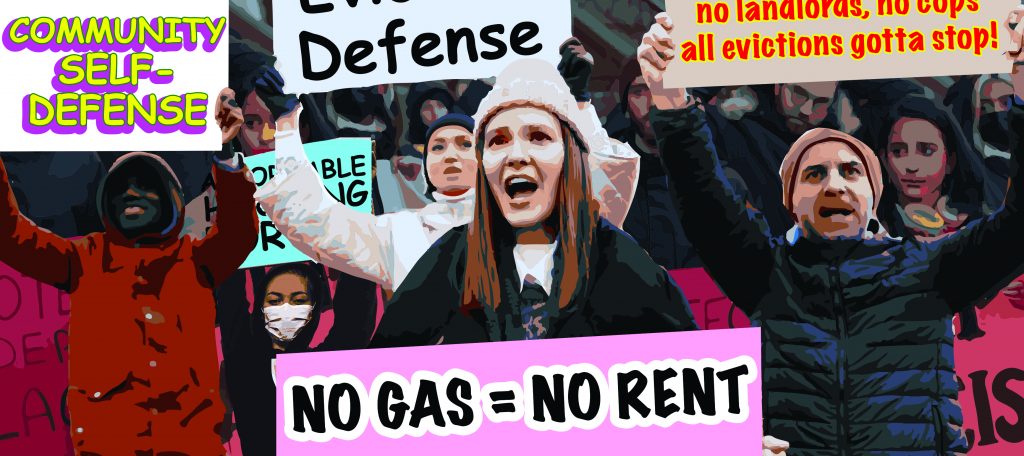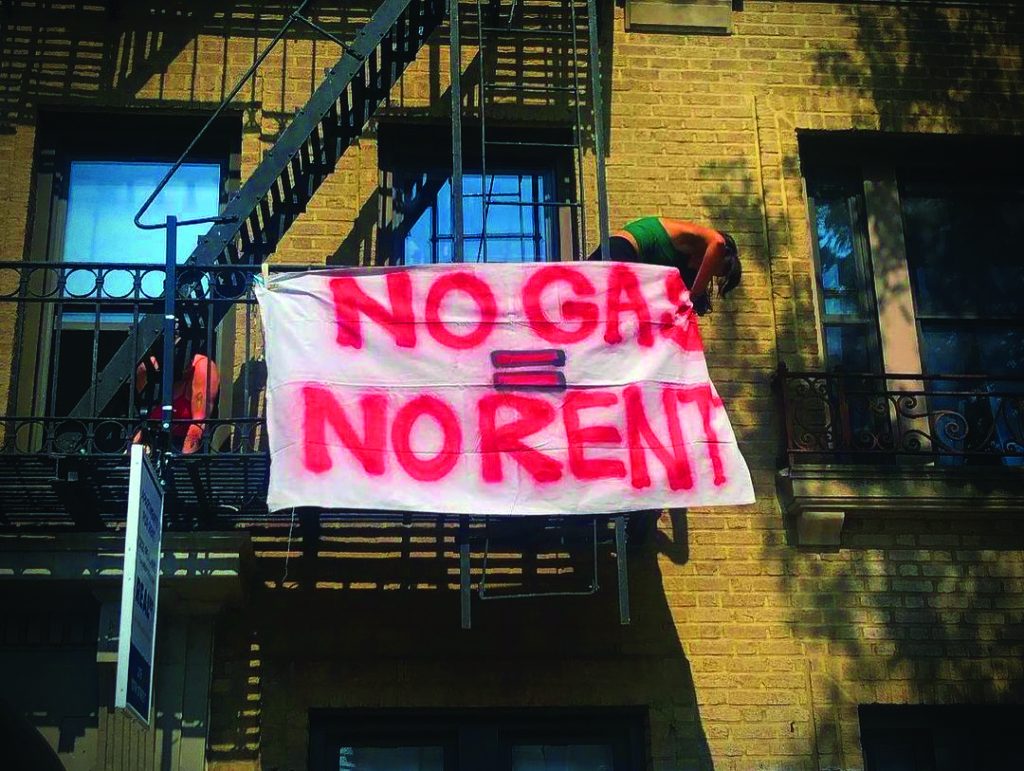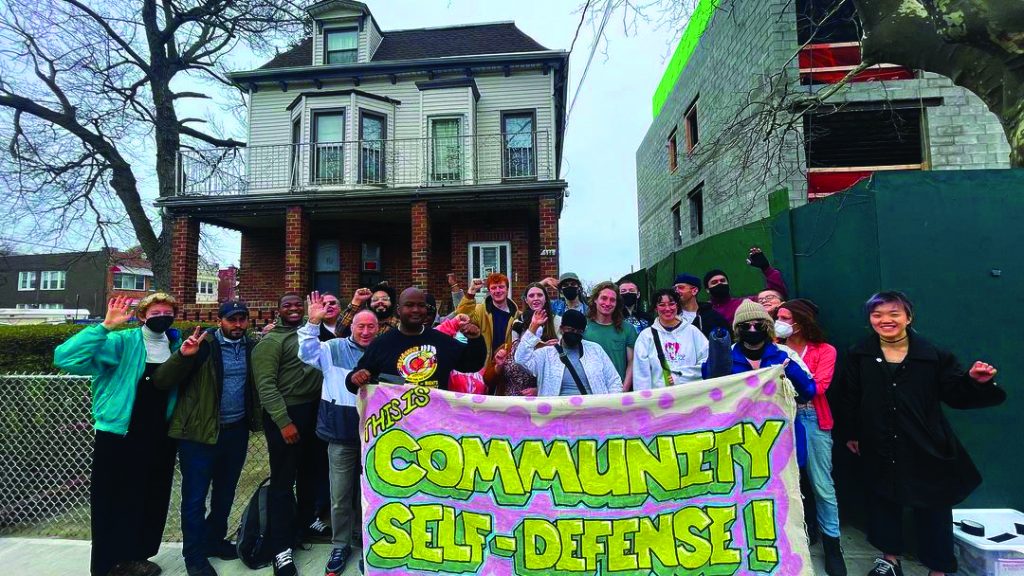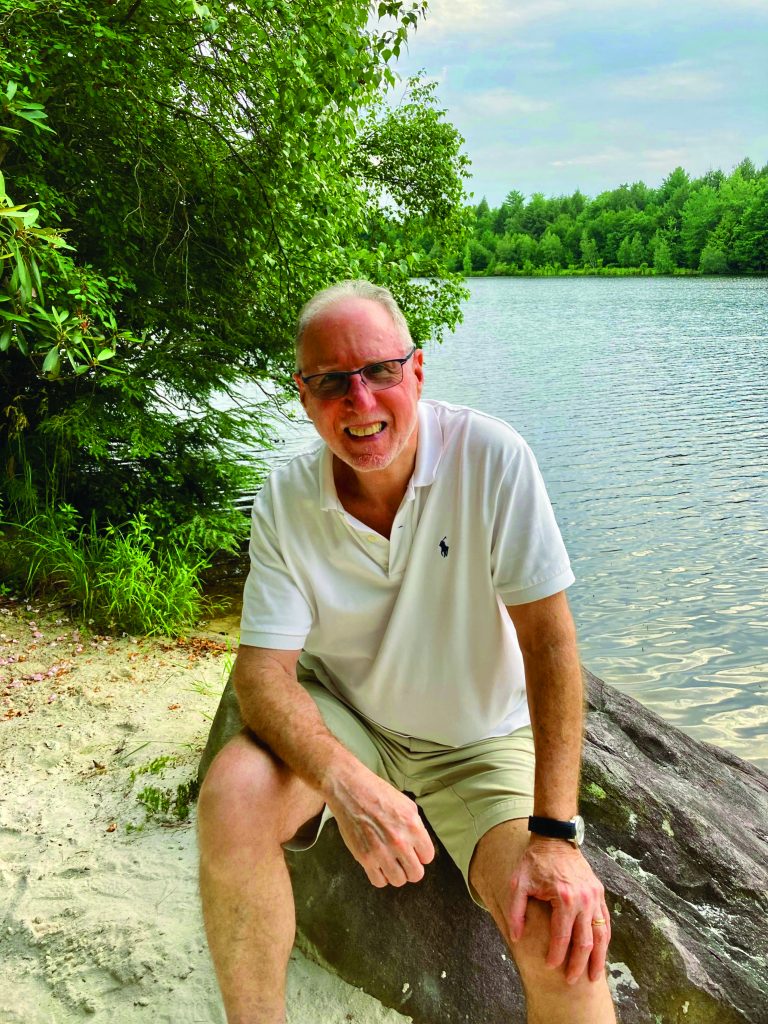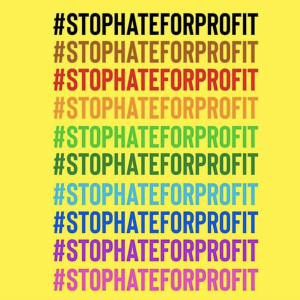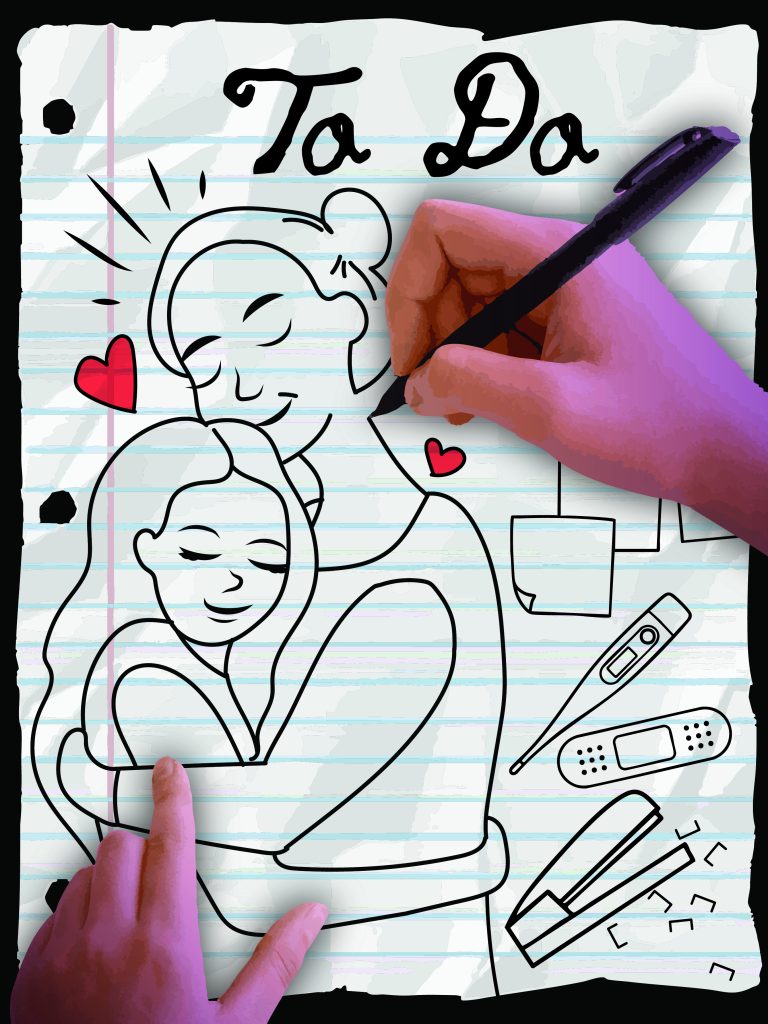
I am having a love affair with my to-do list. In the morning, I look forward to cracking open my notebook, and uncapping my special pen (hand-selected at Artists and Craftsmen for just this purpose and so dear to me that I named her Priscilla). I write the day’s date and the words TO DO at the top of the page, with an authoritative flourish. And then I unleash the flood of tasks, Biblical in quantity, which I will try to accomplish that day. What a relief to have them out of my mind and onto a page! What bliss to see those unruly to-dos, wrangled by bullet points!
The satisfaction I feel when using Priscilla’s black ink to mark out an item on my list, transforming it from “to do” to “all done” is so intoxicating, it should require a liquor license.
The bigger the project I’m tackling, the more essential the to do list, not just to aid my productivity but to shield me from the mighty blows of anxiety that such a project might afford. My bullet points battle chaos.
So, as I helped my oldest daughter, Seconda, prepare to leave for college this fall, I relied heavily on my to-do notebook. As the date of her departure grew closer, I filled page after page with lists and sub-lists and sub-sub-lists.
I could rip some random pages out, shellac them to a canvas collage-style, and call the whole thing, “Portrait of a Mother Wrestling with the Thrilling but Terrifying Prospect of Letting Go.”
But I’m no artist. So instead, what you get is an unexpurgated, heavily annotated recent history of my college packing to do list.
COLLEGE PACKING TO DO
School Supplies
- Draft a list of supplies: notebooks, pens, pencils, calculator.
- Realize Seconda has a laptop which can do all this and more.
- Panic because, what will she put in her desk if she has no school supplies?
- Consider packing a stapler. A stapler might come in handy.
- Try to remember the last time Seconda used a stapler. Grade school?
- Try to imagine a situation in which she might need a stapler, especially without a printer.
- Realize you’ve spent 15 minutes thinking about staplers and all you have to show for it is the beginnings of an ulcer. Resolve to pack a stapler.
- Discover all three staplers in your home, untouched for years, are broken. Try to fix them and staple your finger 3 to 5 times.
Decor
- Ask Sec what posters she wants for her walls. When she ignores you because she is on her phone, ask again. Repeat. Repeat. Repeat.
- When she finally says, “Nothing. My Pulp Fiction poster. Whatever,” opt to look this gift horse in the mouth. Obsess about the blank walls of her dorm room and the sense of loneliness this might cause.
- Intensify your budding ulcer by diving headfirst into a worm hole of panic.
- Try to remember what posters you had in your freshman dorm room. There was a poster for Mel Gibson’s Hamlet, an ad for Naked fruit juice that read: “GO NAKED HERE,” and a Poetry In Motion poem, which your then-boyfriend nabbed for you from the subway. Wonder if you still remember the poem.
- Realize you do. ”Sometimes a crumb falls from the tables of joy. Sometimes a bone is flung. To some people, love is given. To others only heaven.”
ID
- Realize one morning at 5am that nobody ever taught Sec to drive.
- Try to remember if that was intentional or not.
- Take out laptop. Google “how much drivers ed nyc?”Google “low cost drivers ed nyc?”
- Wake your husband, sleeping peacefully, and demand that he clear his schedule to teach her how to drive, ASAP.
- Panic when he drowsily questions whether this is a good idea, given your daughter’s incurable incessant texting habit.
- Go to dmv.ny.gov to make an appointment for a non-drivers ID.
- Discover there are no appointments at any NYC DMV location for the next month.
- Question your life choices.
First Aid Kit
- Round up Tylenol, Bandaids, Neosporin, allergy meds, antacid, cough drops
- Wonder if Sec needs a thermometer, then remember how your son, Primo, needed one when he got the flu his first semester in college, just before finals. How he didn’t know that pharmacies outside of NYC close early, so when he went to pick up the TamiFlu, the pharmacy was closed. Recall how you managed to get someone on the phone and explained it was your son’s first time being sick away from home and could she please, please, please find a way to help. Recall your surprise when she said, “I’m not leaving here till we figure out how to get him this medicine.” Offer thanks to the heavens for that sweet woman. Enjoy the unusual feeling of having your faith in humanity renewed.
- Buy a thermometer.
Miscellanous
- Be overwhelmed at midnight by the feeling you are forgetting something.
- Go to Amazon and type “College Must Haves.”
- Marvel at the idea of “bedskirts.” Do people use “bedskirts”? Should you be using “bedskirts?”
- Order a sewing kit despite the fact that Sec has never sewed in her life.
- Order Post-its despite the fact that Sec has never used Post-Its. Now she will have something to staple!
- Panic about conspicuous consumerism.
- Notice there’s a flashlight discounted 40% off.
- Imagine your daughter in darkness. Panic.
- Buy a flashlight.
- Change item number to “2.”
A Keepsake from Home
- Announce to your husband, “I’m going to knit a teddy bear for Seconda!” When he says with skepticism, “Do you know how to do that?” be chagrined and retort, “I know how to make a scarf! How hard could it be?” When your sister asks if she’ll want a teddy bear, being 18 years old, be chagrined some more and tell her it’s a proxy for you, obviously. It’s a metaphor.
- Start knitting a scarf and then, after a few days, realize you have no idea how to knit a teddy bear.
- Find a video called, “Knitting a teddy bear for beginners.” Ignore all the numbers they say, and just go with the general gist.
- Knit and write to-do lists. Repeat. Repeat. Repeat.
- Sew button eyes on the creature and when your youngest daughter says, “Are you making an Other Mother? That’s so creepy, she’s going to have nightmares,” be chagrined.
- Examine your handiwork and realize that while it’s not a teddy bear, not even remotely, it is a soft and squeezable thing with two legs and two arms and ears and a kind of a face and decide she will like it.
- Write a letter trying to explain the thing about it being a proxy. Tell her you love and believe in her always. Tell her you’re here if she needs you. Like if she gets the flu. Or her stapler breaks.
- Start a new to do list.
.

